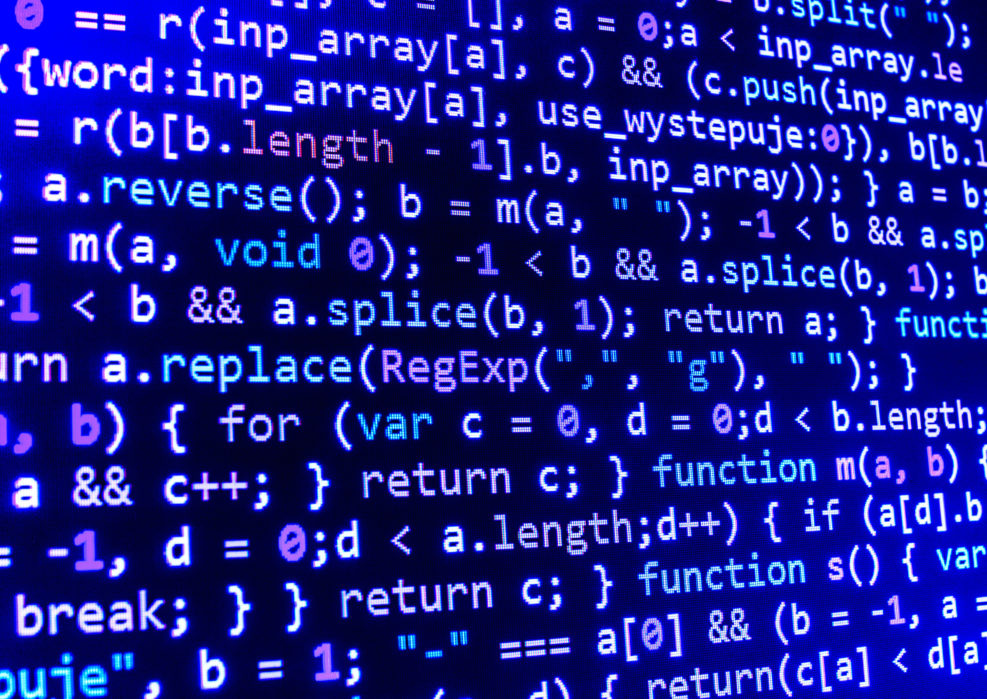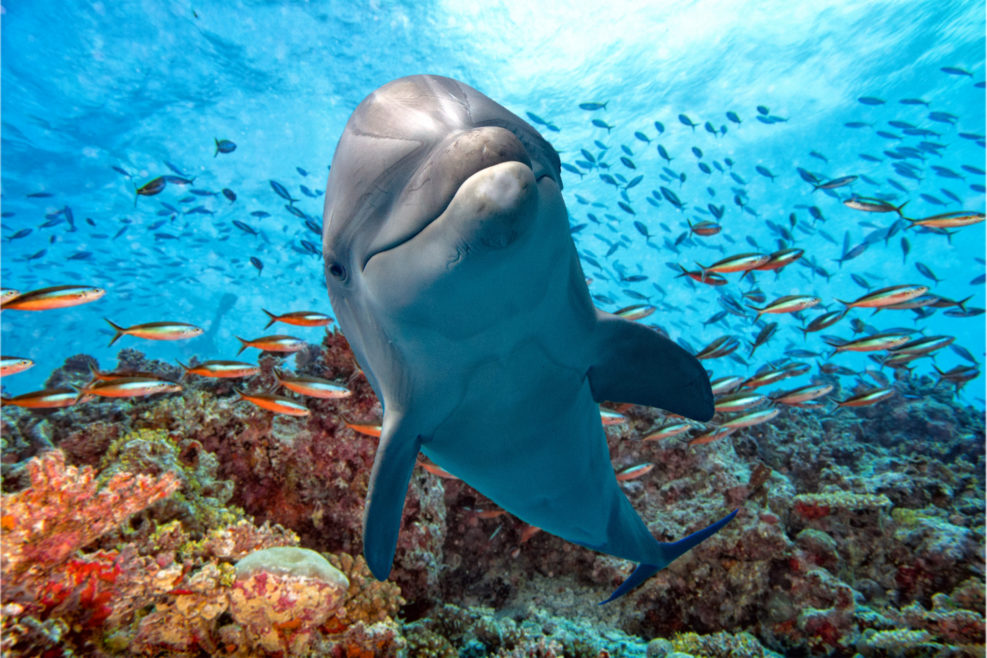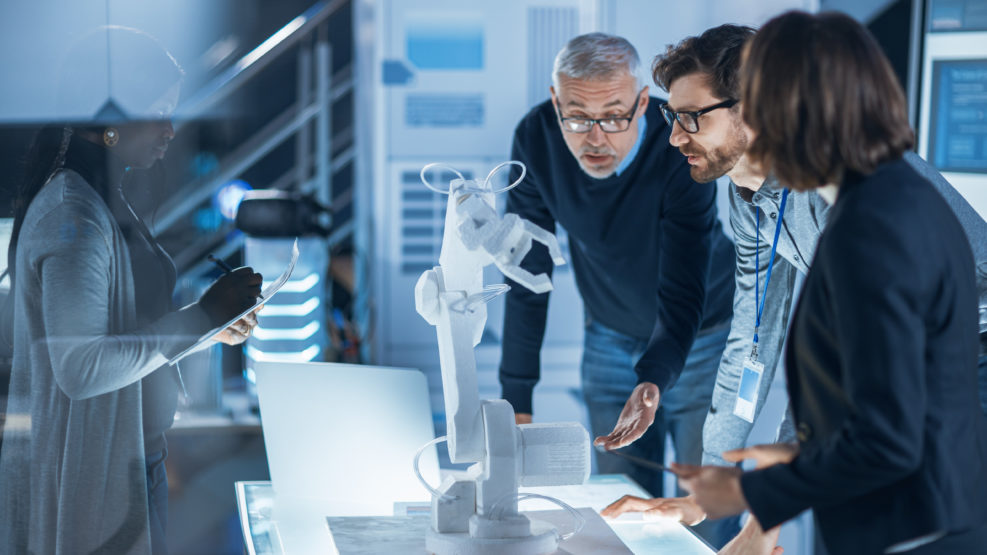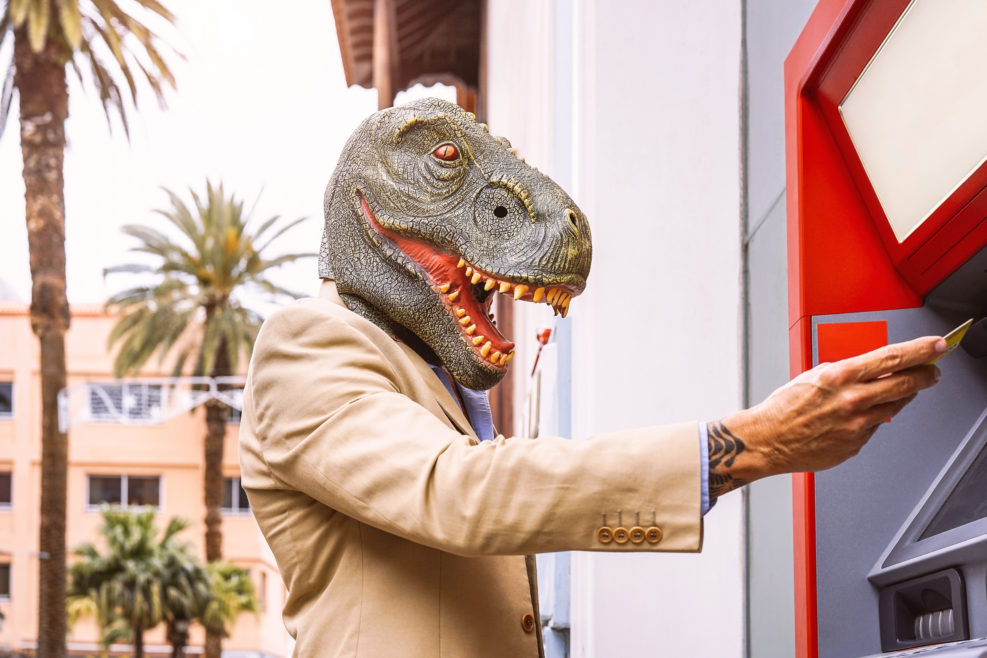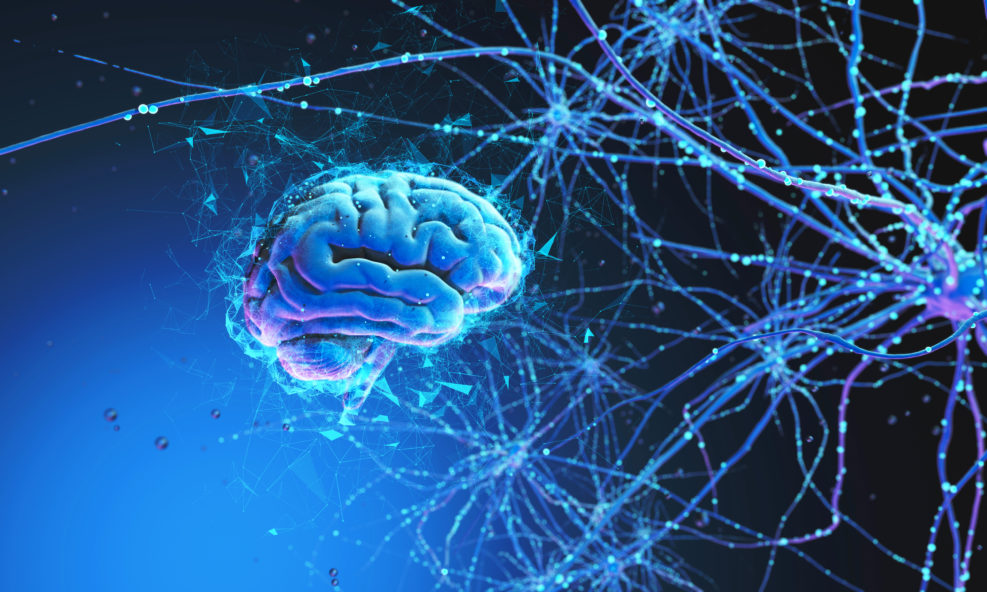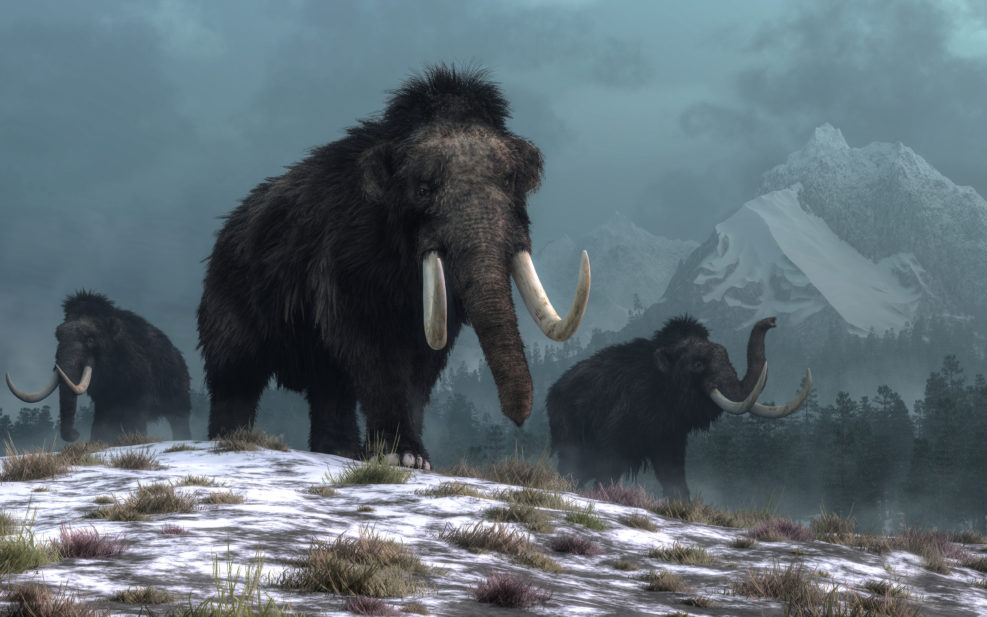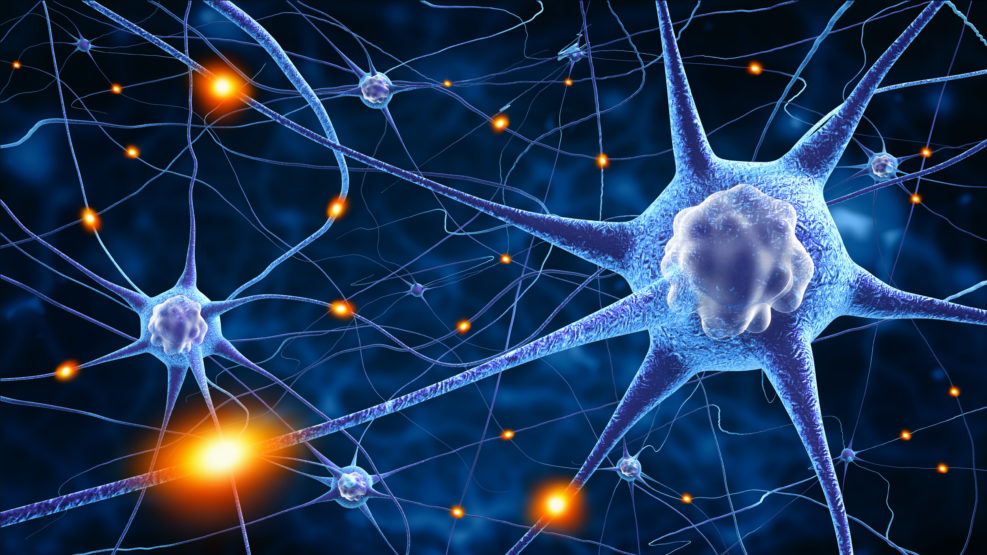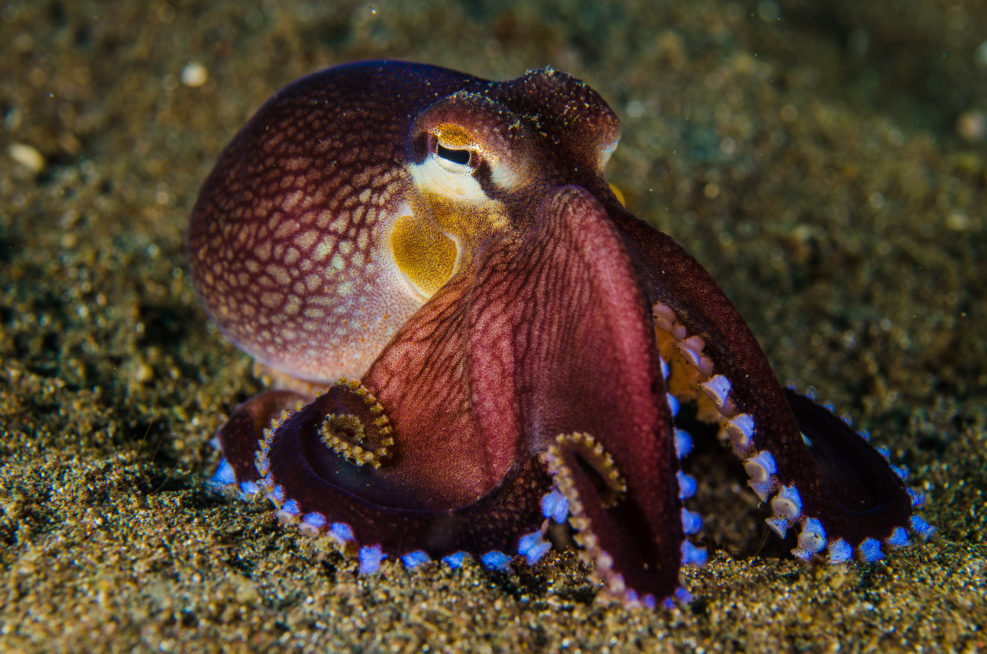
Biochemist: Why Only Humans Could Learn To Use Fire
Many animals display intelligence but controlling fire requires other advantages as wellBiochemist Michael Denton contends, in an excerpt from Chapter 11 in his The Miracle of Man (2022), that humans were designed to use fire. Here is some of his evidence that “only a special type of unique being very close to our own biological design could have taken the first and vital step to technological enlightenment, fire-making”: From first principles, a creature capable of creating and controlling fire must be an aerobic terrestrial air-breathing species, living in an atmosphere enriched in oxygen, supportive of both respiration and combustion. This fire-maker must have something like human intelligence to accomplish the task, and while it is true that other species — e.g., dolphins, parrots, seals, apes, and ravens — possess intelligence and Read More ›
